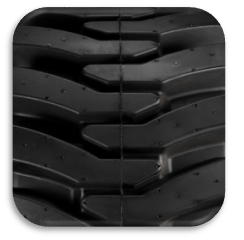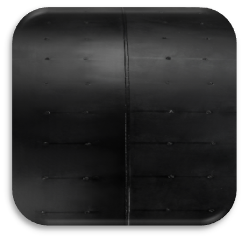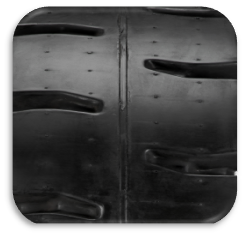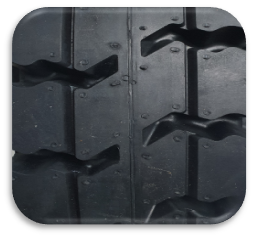It is very important to comply with the following basic rules for preserving our tires in use daily.
1. Mounting and demounting
Serious injury or death may result from improper tire service procedure and tools. It is necessary to have professional trained workers and special tools to mount or demount tires.
2. Anti-static and conductivity
Produced with anti-static compound, for the usage of non-marking tire, it is recommended to equip additional grounding technology on the vehicle to insure conductivity of vehicle- tire- system.

3. Load capacity
Persistent overload is not permitted and recurring overload situations must be avoided. Especially with forklifts, please distinguish overload on the front-wheel from overload on the rear steer-wheel. The unloaded forklift has a latent overload situation due to the counterbalance weight in the back.
4. Driving distance
The excessive travel distance can cause severe stress and friction on tires which will generate the heat. The solid tires is limited in their maximum driving distance or average distance per hour due to heat generation. This can affect tires in terms of slippery running and cause thermal damage even worse. The distance limit depends on various factors. Please consult the technical department for details if you have any questions
5. Speed
Solid tire is designed for maximum speed of 25km/h or 16 mph. Nevertheless, the permitted average speed is significantly lower at 5-10 km/h, or the tire is at risk of thermal damage. The exact average speed depends on many factors such as tire size, working shift, payload and break time etc.. Please consult the technical department for details if you have any questions.
6. Cooling time
Whenever possible have the tire cool down for the duration of one whole shift. It is eight hours (8 HRS) at least.






